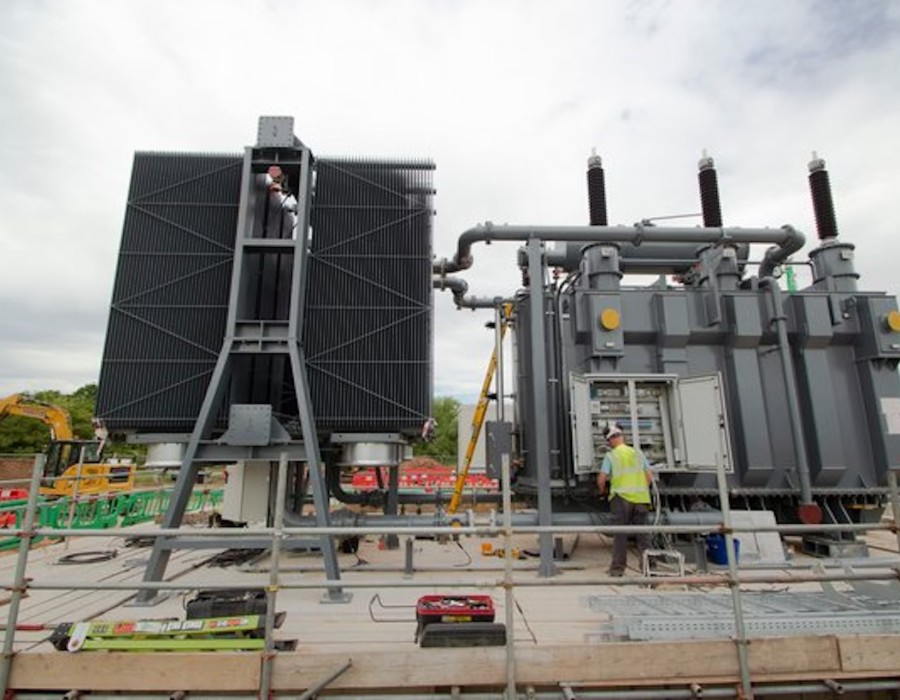In the world of modern industry, energy isn’t just a utility it’s a competitive advantage. From automotive manufacturing and steel production to renewable energy and data centers, every sector depends on a reliable and efficient power system. At the core of this infrastructure lies the industrial transformer a critical component that converts, controls, and stabilizes electrical energy for safe and efficient operations.
Without industrial transformers, factories wouldn’t run, production lines would fail, and the global energy grid would lose its balance. But beyond their essential role, these transformers are now evolving to meet new technological and environmental demands.
A Foundation of Power and Reliability
Industrial transformers are designed to handle high voltages and heavy loads far beyond what standard distribution transformers can manage. Their main purpose is to adapt voltage levels between generation and utilization, ensuring that equipment receives the right amount of energy without risk or loss.
For industries operating around the clock, reliability isn’t optional. An unstable transformer could mean downtime, damaged equipment, or even safety hazards. That’s why manufacturers invest in durable, high-performance units capable of maintaining consistent output under the harshest conditions.
Every successful industrial operation depends on that quiet reliability.
Energy Efficiency: The Modern Priority
As industries shift toward sustainability, energy-efficient industrial transformers have become a strategic necessity. Traditional designs often suffered from core and copper losses, wasting valuable power during operation. Modern engineering innovations such as CRGO (Cold Rolled Grain Oriented) steel cores and amorphous metal laminations have drastically improved performance.
These advanced materials reduce energy loss, lower heat generation, and enhance overall transformer lifespan. The result? Reduced operational costs and a smaller carbon footprint both critical factors for industries aligning with net-zero and ESG targets.
In an era where every kilowatt matters, efficiency is no longer a technical feature it’s a business imperative.
Smart Transformers: The Digital Revolution
Industry 4.0 isn’t just about robotics and automation; it’s also transforming the way power systems operate. The new generation of smart industrial transformers integrates digital monitoring tools, IoT sensors, and data analytics.
These technologies allow operators to monitor load levels, temperature fluctuations, and insulation health in real-time. Predictive maintenance alerts can prevent unexpected failures, reducing downtime and extending equipment life.
By merging power engineering with digital intelligence, industries gain a new level of control and visibility optimizing not only energy use but also productivity.
Customization: One Size Doesn’t Fit All
Every industrial environment is unique. The power demands of a chemical plant differ from those of a renewable energy farm or a mining site. This is why customization has become a key differentiator in modern transformer manufacturing.
Leading suppliers now design bespoke industrial transformers that address specific requirements: voltage capacity, load profile, cooling type, and environmental resilience. Whether it’s oil-filled, dry-type, or cast resin, each configuration is engineered to meet exact operational needs.
The result is a perfect fit both technically and economically for the application it serves.
Sustainability and the Green Energy Transition
The world is moving fast toward renewable and decentralized energy. Industrial transformers are playing a vital role in integrating solar, wind, and battery storage systems into industrial grids.
They help balance variable power inputs, stabilize supply, and ensure grid compatibility making renewables more practical for large-scale industrial use. Additionally, eco-friendly insulating fluids and recyclable materials are helping reduce environmental impact across the transformer’s lifecycle.
This makes industrial transformers not just tools of power distribution but key enablers of the green energy transition.
The Future: Smarter, Smaller, and More Sustainable
Looking ahead, industrial transformers will continue to evolve in three major directions digitalization, miniaturization, and sustainability.
As industries demand faster deployment and smarter infrastructure, manufacturers are focusing on compact designs with high output, advanced analytics, and self-diagnostic capabilities. These innovations will make transformers more adaptable, efficient, and intelligent than ever before — ensuring they remain the backbone of global industrial progress.
Conclusion
Industrial transformers have come a long way from heavy, static machines to intelligent, energy-efficient systems driving modern industry. Their role extends far beyond voltage control; they empower businesses to operate efficiently, safely, and sustainably.
As global industries continue to evolve, industrial transformers will remain at the heart of this transformation silently powering progress, innovation, and the future of energy.





Comments